With the introduction of the Kindle Fire, it is now guaranteed that Amazon has the formula down for building the new, high volume mobile platform based on sub $9 processors. In measured fashion, Amazon has moved down Moore’s Law curve from the initial 90nm Freescale processor to what is reported to be TI’s OMAP 4 in order to add the … Read More
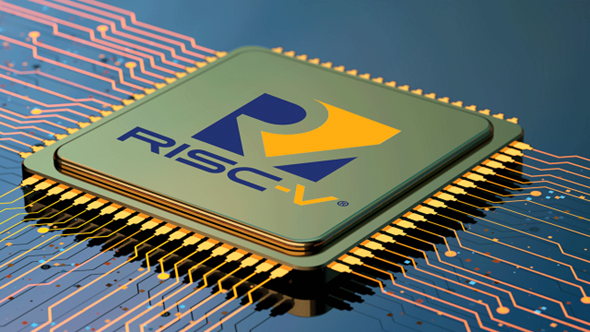 The RISC-V and Open-Source Functional Verification ChallengeMost of the RISC-V action at the end…Read More
The RISC-V and Open-Source Functional Verification ChallengeMost of the RISC-V action at the end…Read More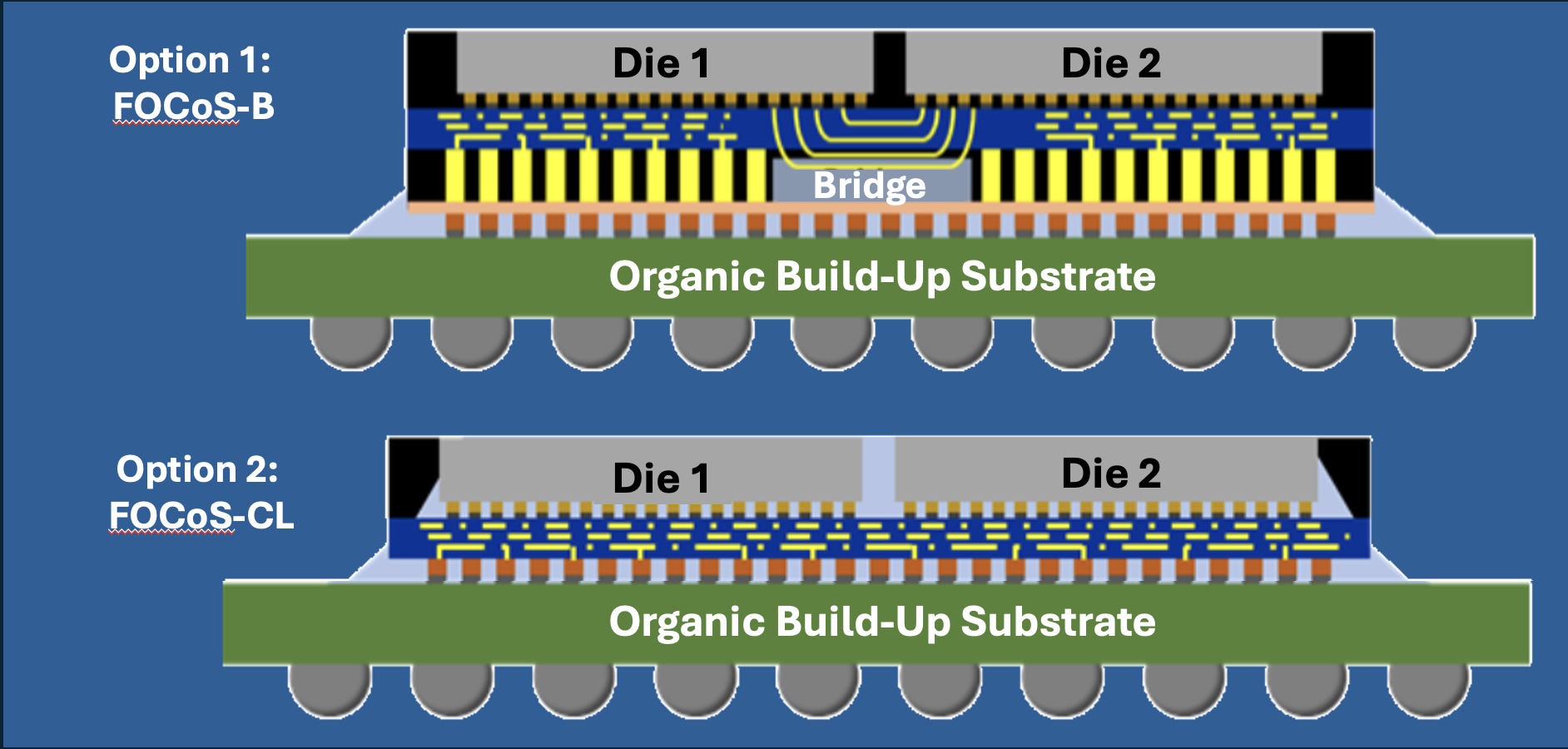 Sarcina Democratizes 2.5D Package Design with Bump Pitch Transformers2.5D package design is rapidly finding its stride…Read More
Sarcina Democratizes 2.5D Package Design with Bump Pitch Transformers2.5D package design is rapidly finding its stride…Read More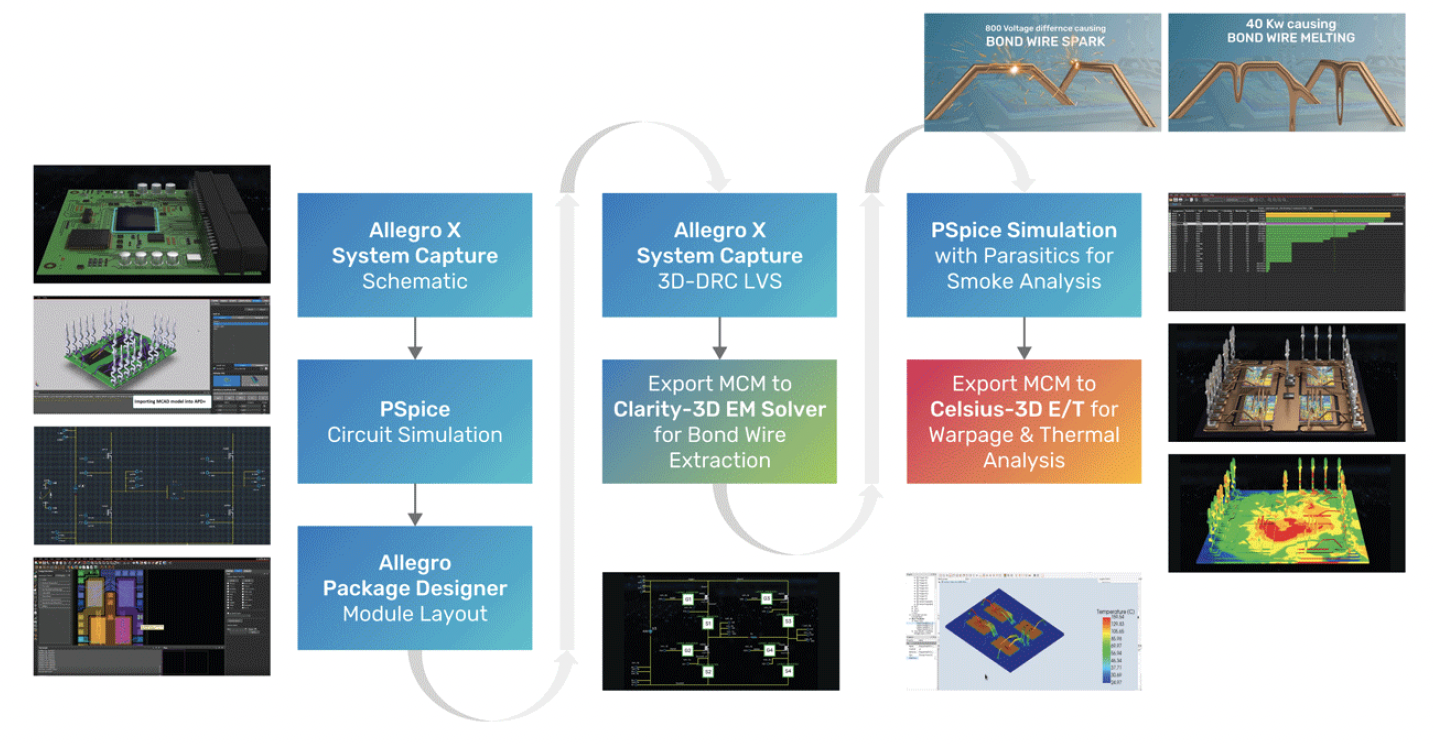 Addressing Reliability and Safety of Power Modules for Electric VehiclesAs electric vehicles (EVs) gain widespread adoption, safety,…Read More
Addressing Reliability and Safety of Power Modules for Electric VehiclesAs electric vehicles (EVs) gain widespread adoption, safety,…Read More Shaping Tomorrow’s Semiconductor Technology IEDM 2024Anyone who has read my articles about IEDM…Read More
Shaping Tomorrow’s Semiconductor Technology IEDM 2024Anyone who has read my articles about IEDM…Read More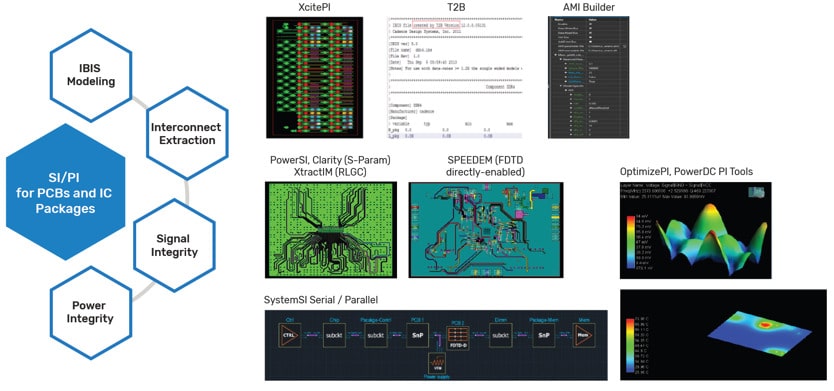 SI and PI Update from Cadence on Sigrity XSignal Integrity (SI) and Power Integrity (PI) issues…Read More
SI and PI Update from Cadence on Sigrity XSignal Integrity (SI) and Power Integrity (PI) issues…Read MoreAMS Verification: Speed versus Accuracy
I spent Thursday Sept. 22 at the first nanometer Circuit Verification Forum, held at TechMart in Santa Clara. Hosted by Berkeley Design Automation (BDA), the forum was attended by 100+ people, with circuit designers dominating. I spoke with many attendees. They were seeking solutions to the hugely challenging problems they … Read More
Verdi: there’s an App for that
Verdi is very widely used in verification groups, perhaps the industry’s most popular debug system. But users have not been able to access the Verdi environment to write their own scripts or applications. This means either that they are prevented from doing something that they want to do, or else the barrier for doing it is… Read More
Making Money With Cramer? Don’t Count on it!
Investing with Cramer is a crap shoot. By Cramer, I mean the Mad Money TV show, and Action Alerts PLUS from thestreet.com. Cramer is certainly a smart guy and knows his stuff, but don’t think following his investment strategy is necessarily a winner. He constantly maintains that you can beat the averages by picking individual… Read More
Memory Cell Characterization with a Fast 3D Field Solver
Memory designers need to predict the timing, current and power of their designs with high accuracy before tape-out to ensure that all the design goals will be met. Extracting the parasitic values from the IC layout and then running circuit simulation is a trusted methodology however the accuracy of the results ultimately depend… Read More
Introducing TLMCentral
Way back in 1999 the open SystemC initiative (OSCI) was launched. In 2005 the IEEE standard for SystemC (IEEE1666-2005 if you are counting) was approved. In 2008, TLM 2.0 was standardized (transactional level models), making building virtual platforms using SystemC models easier. At least the models should be play nicely together,… Read More
Analog IP Design at Moortec
Stephen Crosher started up Moortec in the UK back in 2005 with the help of his former Zarlink co-workers and they set to work offering AMS design services and eventually created their own Analog IP like the temperature sensor shown below:
We spoke by phone last week about his start-up experience and how they approach AMS design.… Read More
Samsung versus Apple and TSMC!
Apple will purchase close to eightBILLION dollars in parts from Samsung for the iSeries of products this year alone, making Apple Samsung’s largest customer. Samsung is also Apple’s largest competitor and TSMC’s most viable competitive foundry threat so it was no surprise to see Apple and TSMC team up on the next generations of… Read More
Battle of the Patents
What’s going on in all these wireless patent battles? And why?
The first thing to understand is that implementing most (all?) wireless standards involves infringing on certain “essential patents.” The word “essential” means that if you meet the standard, you infringe the patent, there is no way around it. You can’t build a CDMA… Read More
Magma eSilicon One Keynote
I was at the first half of Magma’s Silicon One event yesterday. The first keynote was by Rajeev about the environment for SoC designs, especially fabless startups, and Magma’s role going forward. More about that later. The other keynote was Jack Harding, CEO of eSilicon. As usual Jack did his presentation without … Read More




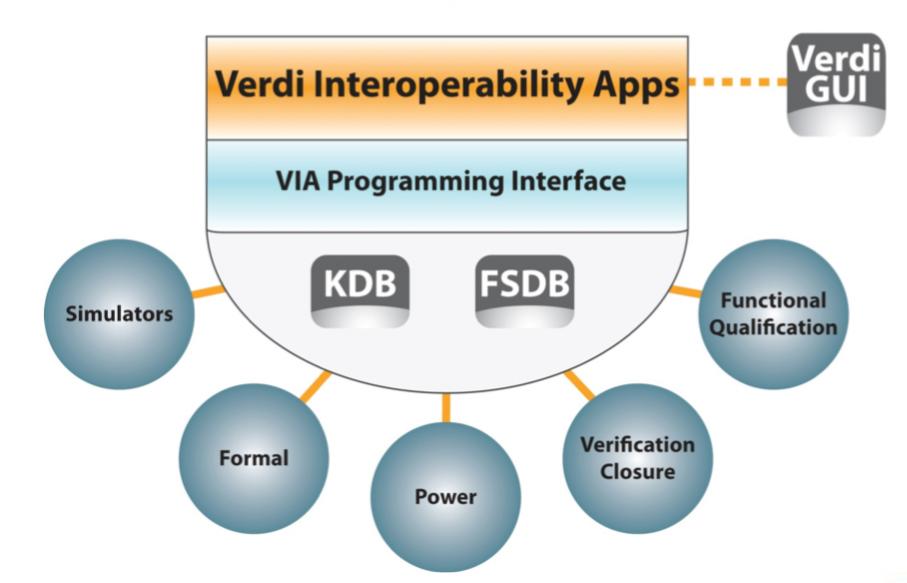

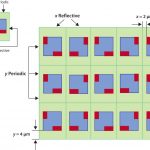

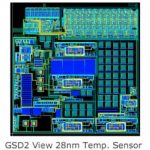
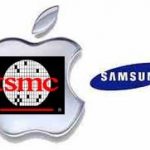


AI Semiconductor Market